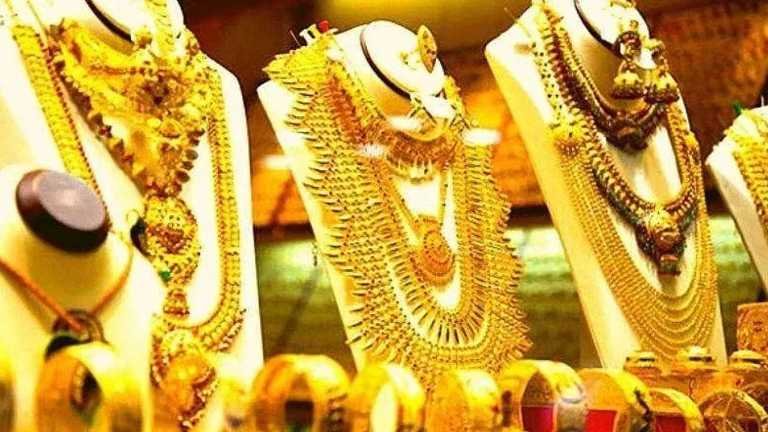In the realm of investments and commodities, gold has long been a symbol of stability and wealth preservation. However, recent fluctuations in its price have left investors and enthusiasts alike on edge. Over the past few days, the trajectory of gold’s prices has taken an unexpected turn, prompting speculation and analysis across the financial landscape.
A Slight Dip in Gold Rates… What’s the Current Price of Tulam Gold?
For months, the price of gold had been steadily climbing, reaching unprecedented highs on a near-daily basis. This bullish trend had captivated the attention of investors, with many eagerly riding the wave of increasing values. Yet, in a surprising twist, this upward momentum came to a sudden halt in the last two days.
Monday marked the beginning of this reversal, as gold’s experienced a slight drop in price. This minor dip was followed by another decrease on Tuesday, catching many observers off guard. Gold prices in key urban centers experienced a slight drop, hinting at a possible change in market trends and dynamics.
The reasons behind this sudden change are multifaceted. “Gold prices are affected by economic factors and global tensions, with recent international events notably impacting its value.” Heightened uncertainties stemming from geopolitical conflicts have injected volatility into the market, causing fluctuations in the price of gold’s.
Despite these recent downturns, the overarching trend remains one of growth and resilience. Over the course of just two months, the price of gold’s has surged by up to Rs. 15,000, reaching historic highs. This remarkable ascent has left many observers astounded, underscoring the enduring allure of gold’s as a safe haven asset.
Looking ahead, projections suggest that the price of gold’s is poised to continue its upward trajectory, albeit with occasional fluctuations along the way. Analysts foresee the price of Tulam gold’s, a popular measure of gold’s purity, potentially reaching Rs. 80,000 by the end of the year. This forecast reflects both the current market dynamics and the prevailing sentiment among investors.
Amidst these developments, it’s essential to examine not only the price of gold’s but also its impact on various regions and demographics. In cities like New Delhi, Mumbai, and Chennai, the price of gold’s varies slightly, with 22 carat and 24 carat options available to consumers. Similarly, in Telugu states such as Hyderabad, Visakhapatnam, and Vijayawada, gold’s prices remain consistent with national trends.
Silver, another precious metal often viewed as a barometer of economic sentiment, has also witnessed fluctuations in its price. Despite its role as a more affordable alternative to gold’s, silver prices have seen a reduction in many major cities across the country. This decline, while notable, underscores the interconnected nature of precious metal markets and their susceptibility to external factors.
In conclusion, the recent fluctuations in the prices of gold’s and silver serve as a reminder of the dynamic nature of financial markets. While these developments may cause short-term uncertainty, they also present opportunities for investors to adapt and diversify their portfolios. As we navigate the ever-changing landscape of commodities trading, one thing remains certain: the allure of gold’s and silver as timeless symbols of wealth and stability endures.







